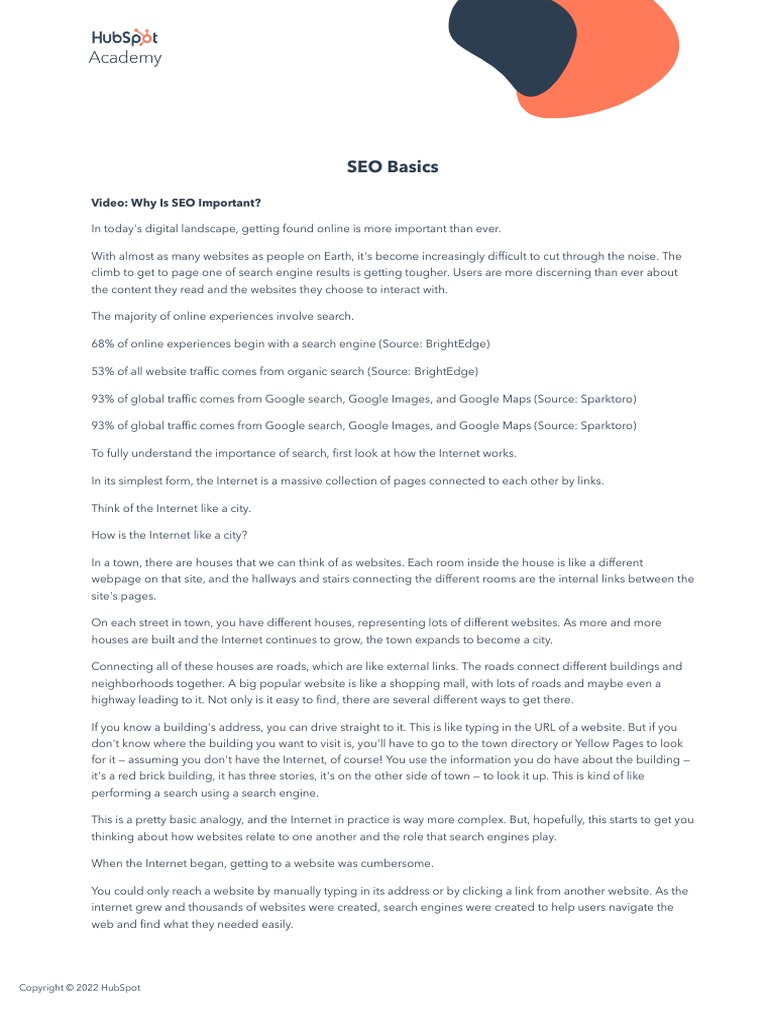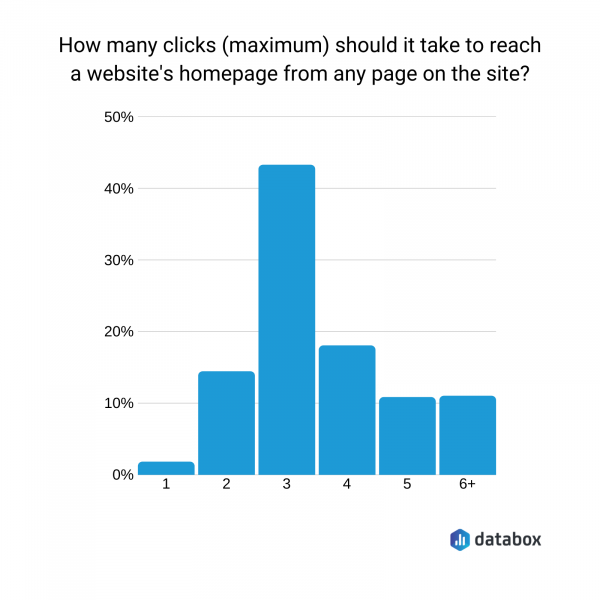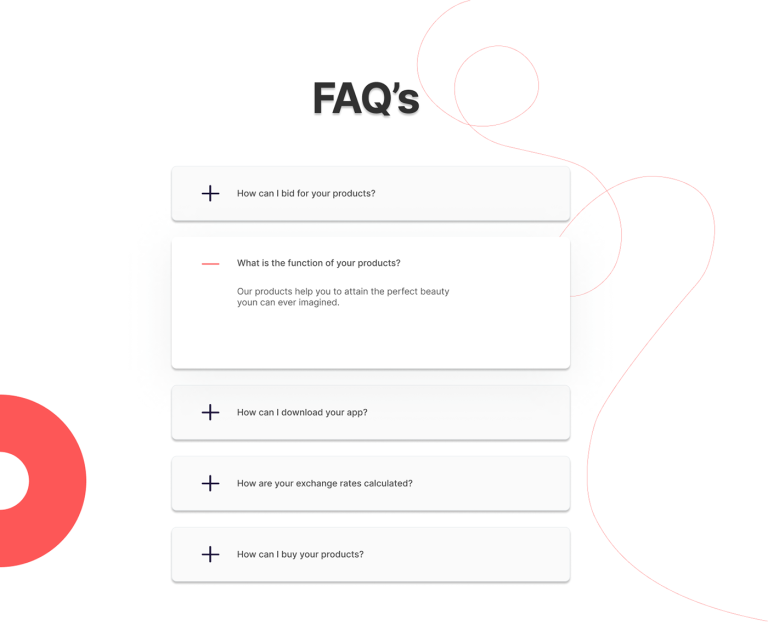
In today’s digital landscape, video content has become a cornerstone of online engagement. From YouTube tutorials to Instagram reels, videos are everywhere—and they’re here to stay. But while videos capture attention, they also pose a challenge: search engines can’t “watch” them the way humans do. That’s where video transcript optimization comes in.
A well-structured transcript isn’t just a convenience—it’s a powerful tool that enhances both accessibility and SEO performance. In this article, we’ll explore why video transcripts matter, how to create them effectively, and how they can boost your website’s visibility in search results.
What Is Video Transcript Optimization and Why It Matters
Video transcript optimization refers to the process of creating and formatting written versions of spoken content from videos. These transcripts serve as a bridge between human viewers and search engines, making it easier for both to understand and engage with your content.
Why does this matter? Search engines like Google rely on text to index and rank content. Without a transcript, a video is limited to metadata such as title, description, and tags. With a transcript, however, search engines can crawl the entire content, identifying keywords, themes, and context that would otherwise be invisible.
Moreover, transcripts improve accessibility, ensuring that users who are deaf or hard of hearing, or those in sound-sensitive environments, can still benefit from your content. This not only aligns with best practices for inclusive design but also expands your audience reach.
How Video Transcripts Impact SEO Performance
The benefits of video transcript optimization extend far beyond accessibility. Here’s how transcripts influence your SEO strategy:
1. Boosts Indexing Opportunities
Search engines use text to understand what your video is about. A detailed transcript provides more data points for indexing, increasing the likelihood that your video will appear in relevant search results. This means a single video can rank for multiple keywords, driving more organic traffic.
2. Enhances Keyword Visibility
Transcripts are rich with natural language that mirrors user search queries. By including relevant keywords and phrases, you make it easier for search engines to match your content with the right audience. This is especially valuable for long-tail keywords, which often have lower competition and higher conversion rates.
3. Improves User Experience
Users who prefer reading over watching can quickly scan through a transcript to find the information they need. This leads to longer dwell times, reduced bounce rates, and better engagement metrics—signals that search engines value when determining rankings.
4. Supports Content Repurposing
A transcript is a goldmine for repurposing. You can turn it into blog posts, social media snippets, email newsletters, or even e-books. This multiplies your SEO opportunities and strengthens your overall content strategy by creating more touchpoints for your audience.
5. Strengthens Internal Linking
With a written transcript, you can easily link to other pages on your site using relevant anchor text. Strong internal linking improves SEO and guides users deeper into your content, increasing the chances of conversions.
Step-by-Step Implementation Framework
Optimizing video transcripts for SEO and accessibility doesn’t have to be complicated. Follow this step-by-step guide to get started:
1. Define or Audit the Current Situation
Before diving into transcription, assess your current video content. Identify which videos could benefit most from transcripts. Consider factors like length, complexity, and target audience. If you already have transcripts, review their quality and accuracy.
2. Apply Tools, Methods, or Tactics
There are two main approaches to transcribing videos:
- Manual Transcription: Best for high-quality, accurate transcripts. Tools like Descript or 3Play Media allow you to edit and refine transcripts for maximum clarity.
- Automatic Transcription: Platforms like Wistia or YouTube offer AI-generated transcripts. While these are faster, they may require editing for accuracy, especially if the speaker has an accent or uses jargon.
For WordPress users, YouTube Studio offers a straightforward way to download and format transcripts. Simply navigate to the Subtitles section, download the transcript, and paste it into your post or page.
3. Measure, Analyze, and Optimize
Once your transcript is live, track its impact using tools like Google Analytics or Search Console. Look at metrics such as time on page, bounce rate, and keyword rankings. Use this data to refine your approach and improve future transcripts.
Real or Hypothetical Case Study
Let’s imagine a small business owner, Sarah, who runs a cooking blog. She uploads a 10-minute video tutorial on making homemade pasta. Initially, her video ranks poorly because Google can’t fully understand the content without a transcript.
After optimizing her video with a detailed transcript, Sarah sees a 40% increase in organic traffic within a month. The transcript helps Google identify keywords like “homemade pasta recipe” and “how to make pasta from scratch.” Additionally, users who prefer reading over watching now engage with her content more, leading to higher dwell times and improved rankings.
Sarah also repurposes parts of the transcript into blog posts and social media updates, further expanding her reach and reinforcing her authority in the cooking niche.
Tools and Techniques for Video Transcript Optimization
Here are some of the top tools to help you create and optimize video transcripts:
- Descript – A powerful tool for editing audio and video, with built-in transcription features and AI-powered editing.
- Wistia – Offers automated transcripts with the option to upgrade to professional reviews for higher accuracy.
- YouTube Studio – Ideal for creators looking to extract transcripts directly from their videos.
- Transcribe – An AI-powered service that supports multiple languages and formats, making it easy to integrate into your workflow.
- Sublime Text / VS Code – Great for editing and refining transcripts manually, especially for large files.
Future Trends and AI Implications
As AI continues to shape the future of search, video transcript optimization will become even more critical. Tools like Google’s Search Generative Experience (SGE) and AI models like ChatGPT rely heavily on structured text to generate answers.
By ensuring your transcripts are clear, well-organized, and keyword-rich, you position your content to be more discoverable in AI-driven search results. This means investing in high-quality transcripts now can pay dividends as search evolves.
Key Takeaways
- Video transcripts improve accessibility for users who are deaf or hard of hearing, or who prefer reading.
- Transcripts enhance SEO by providing search engines with more text to index and rank.
- They support content repurposing, allowing you to turn one video into multiple pieces of content.
- Tools like Descript, Wistia, and YouTube Studio make it easy to create and optimize transcripts.
- Future-proof your content by preparing for AI-driven search with well-structured transcripts.
Meta Title: Video Transcript Optimization — Adds full transcripts for accessibility and SEO
Meta Description: Learn how to optimize video transcripts for accessibility and SEO to boost visibility, engagement, and user experience.
SEO Tags (5): video transcript optimization, accessibility, SEO, content repurposing, video SEO
Internal Link Suggestions:
– [Search Intent Alignment]
– [Content Clustering]
– [Semantic Keyword Mapping]
External Source Suggestions:
– Google Search Central
– YouTube Help Center









